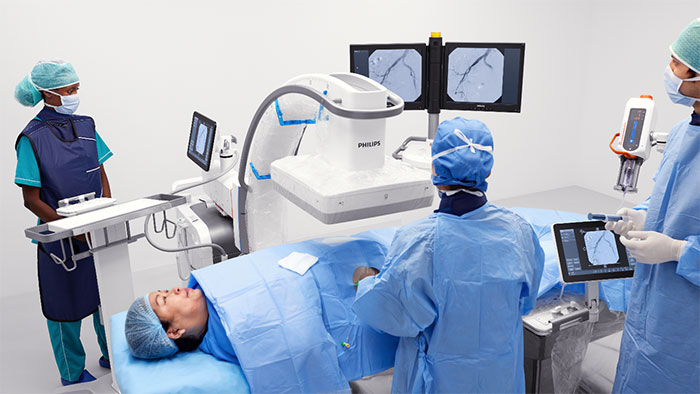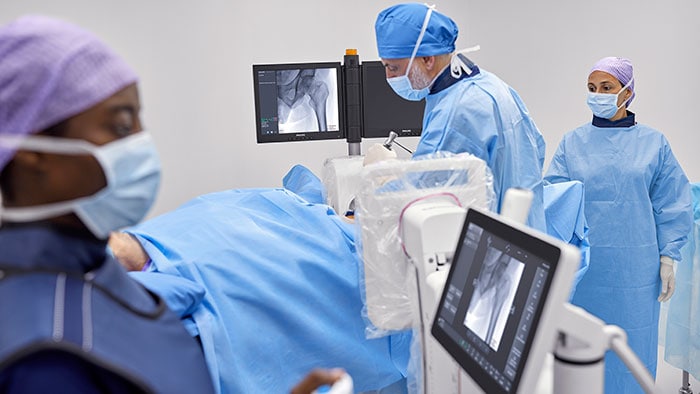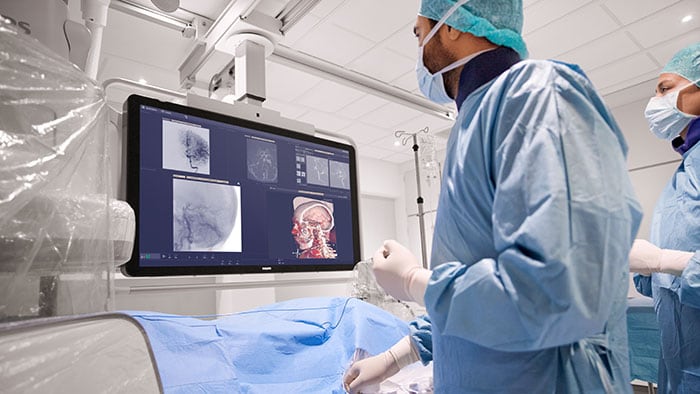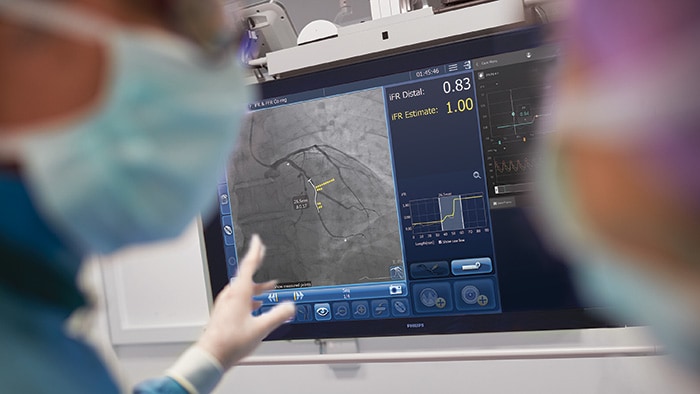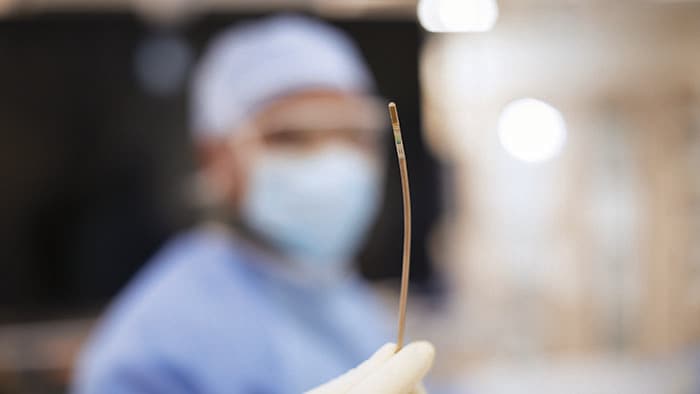As COVID-19 sweeps across the globe, healthcare providers have geared up to care for an overwhelming tsunami of patients suffering from the disease, suspending their normal operations, including most non-urgent care. But thanks largely to dramatic quarantine measures taken by governments and societies, in many countries the number of patients has so far peaked at manageable levels. Now, while lockdown restrictions continue to evolve, physicians face an urgent task to restart elective procedures and to get their own operations back to financial health. Atul Gupta, Chief Medical Officer for Philips’ Image Guided Therapy businesses and a practicing interventional radiologist, has been continuing to provide patient care during the pandemic while also witnessing its broader impact on health providers. In this second part of a two-part interview (first part available here) he discusses how those providers are adapting care delivery, and the potential long-term impact of the pandemic. Q: How are healthcare providers adapting care delivery in light of the pandemic? Around the world, we are seeing the value of collaboration as overburdened hospitals look for ways to transfer patients with conditions like cancer, stroke, and heart disease to locations where they can still get the specialized therapy they need. In the US, certain procedures are now moving to outpatient settings such as office-based labs and ambulatory surgery centers. These facilities, which have been growing in number for over a decade, can help to offload hospitals while offering an alternative for patients who would otherwise suffer from a delay in care. In Germany, first networks of outpatient interventional centers have also emerged in recent years, and it will be interesting to see how this trend plays out in Europe in the aftermath of the pandemic.
It's becoming increasingly clear that the path from stringent lockdown to progressively eased restrictions isn’t a one-way journey, making it essential we implement sustainable solutions.
It's also becoming increasingly clear that the path from stringent lockdown to progressively eased restrictions isn’t necessarily a one-way journey. We’ve already seen local and regional outbreaks of COVID-19 forcing a return to tighter controls being reinstated in some places. That makes it essential for us to implement sustainable solutions that can be adapted throughout the pandemic. Like many other disciplines in healthcare, interventional physicians are transitioning to virtual ways of staying in touch with patients and with each other. In April, the American College of Cardiology reported that in cardiovascular care, 69% of providers are now using telehealth services. When patients have to wait for elective surgery, regularly checking in with them can help to keep a pulse on their condition, intervene when needed, and hopefully alleviate some of their distress. Based on my own experience, patients are very receptive to this development. Q: What do you expect to be the long-term impact of COVID-19 on your field? AG: The pandemic is a huge force of change sweeping through the healthcare system, reshaping the landscape as it goes. Not all those changes will stick, but many will. Telehealth has gone from a novelty to a necessity, and not just for doctor-patient communication. Healthcare workers now also rely on it for education and peer-to-peer collaboration, which is why Philips is accelerating the development and deployment of virtual offerings. For example, we have started digitally streaming our application specialists into the operating room to provide physicians with real-time support. We are even enabling physicians to test-drive our interventional systems from continents away, using mobile robots with cameras and cloud-based simulators. Virtual experiences such as these will become even richer as we continue innovating towards the future. Ironically, just before the start of the COVID-19 outbreak in the US, I was invited by the FDA to speak about the promise of augmented reality to help interventional physicians look through each other’s eyes. Wearing a head-mounted display, physicians will be able to share what they are seeing in real-time and consult their peers for advice as they are operating on a patient. While this technology is work in progress, the current predicament strengthens my belief how important it is we keep advancing such innovations – to bridge physical distances with virtual solutions. At the same time, we need to be mindful that not all aspects of care can be digitized. For example, in some initial patient consultations or post-procedure visits, I still prefer to examine the patient physically to do a thorough pulse exam or assess for post-procedure complications. Telehealth is a tool, not a cure-all, but it will become a much more important part of the workflow. This is the second part of a two-part interview. The first part can be read here.





